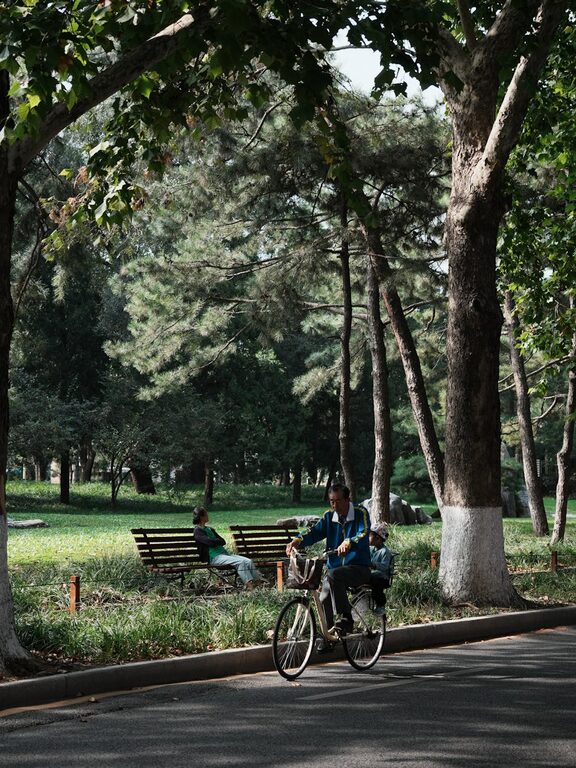Mindful walking is a simple yet powerful way to bring calm and clarity into your daily life. Unlike regular walking, which often involves rushing or multitasking, mindful walking encourages you to focus on each step, your breath, and the world around you. This practice helps reduce stress, improve concentration, and connect you more deeply with the present moment.
If you’re new to mindfulness or looking for an accessible meditation technique, this beginner guide will walk you through everything you need to know to get started.
What is Mindful Walking?
Mindful walking is a form of moving meditation. It combines gentle walking with focused attention to your body and environment. Rather than letting your mind wander or rushing through steps, you observe each movement, sensation, and sound with openness and curiosity.
This awareness helps anchor you in the here and now, making it easier to notice and appreciate small details you might usually miss. Over time, mindful walking can enhance your overall mindfulness practice and improve mental and physical well-being.
Benefits of Mindful Walking
– Reduces Stress: Paying attention to your breath and body can calm your nervous system.
– Enhances Focus: Regular practice strengthens your ability to concentrate.
– Encourages Relaxation: Mindful walking invites a sense of peace and slows down racing thoughts.
– Supports Physical Health: It gently engages muscles and encourages better posture.
– Connects to Nature: Walks outdoors promote a feeling of grounding and appreciation.
How to Prepare for Mindful Walking
Before you begin, find a quiet, safe space where you won’t be interrupted. This could be a garden, park, quiet street, or even indoors if necessary. Wear comfortable shoes and clothing that allow easy movement.
Try to set aside 10 to 20 minutes for your first sessions. You can gradually increase the time as you feel comfortable.
Step-by-Step Guide to Mindful Walking
1. Start with Posture and Breath
Stand tall with your feet flat on the ground, about hip-width apart. Relax your shoulders and take a few slow, deep breaths. Notice the rising and falling of your chest or belly as you breathe.
Focusing on your breath helps center your mind and prepares you for mindful movement.
2. Begin Walking Slowly
Take your first step slowly, paying attention to the sensation of your foot lifting off the ground, moving forward, and landing. Notice how your weight shifts from one leg to the other.
Try to synchronize your steps with your breath if it feels natural—for example, inhale for two steps, exhale for two steps.
3. Tune In to Your Senses
As you walk, observe what you see, hear, smell, and feel without judgment. Maybe you notice the warmth of the sun, the sound of birds, the rustle of leaves, or the breeze on your skin.
If your mind drifts to worries or distractions, gently bring your focus back to your steps and sensations.
4. Maintain a Gentle Focus
You don’t need to force yourself to concentrate intensely. Instead, hold a soft, relaxed awareness. You’re an observer, simply noticing the experience of walking.
5. Finish with Stillness
After your walk, pause for a few moments. Stand or sit quietly and observe how your body feels. Take a few deep breaths and notice any changes in your mood or energy.
Tips for a Successful Mindful Walking Practice
– Keep It Simple: Don’t worry about “doing it right.” Mindful walking is about awareness, not perfection.
– Be Patient: Your mind will wander; this is normal. Gently guide your attention back without frustration.
– Use Guided Sessions: Apps or online videos can offer gentle guidance, especially when starting out.
– Try Different Routes: Variety can keep your practice interesting and expose you to new sights and sounds.
– Practice Regularly: Even a few minutes each day builds your mindfulness skills over time.
– Combine with Other Mindfulness Practices: Pair mindful walking with breathing exercises or body scans for greater benefits.
– Wear Comfortable Shoes: Proper footwear helps maintain balance and reduces discomfort.
Common Challenges and How to Overcome Them
– Restless Mind: If your thoughts become overwhelming, focus more intently on your breath or the sensations in your feet.
– Physical Discomfort: Adjust your pace or choose a softer surface like grass if you experience soreness.
– Weather Conditions: If the weather isn’t ideal, try mindful walking indoors, such as pacing slowly in your living room.
– Lack of Time: Even one or two minutes of mindful walking can be beneficial when pressed for time.
Mindful Walking Beyond the Practice
Mindful walking isn’t just limited to formal practice. You can bring mindfulness into everyday activities, like walking to your car or strolling in a mall. The key is to gently bring your attention back to the present moment, whatever the setting.
Over time, this habit can help reduce stress and increase your overall awareness throughout the day.
Conclusion
Mindful walking offers a welcoming introduction to mindfulness and meditation. With just a little practice, it can help you cultivate calm, focus, and connection in your daily life. Whether you’re new to mindfulness or seeking new ways to relax, mindful walking is an enjoyable, easy-to-access option worth exploring.
So, put on your shoes, step outside, and take your first mindful steps today! Your mind and body will thank you.
—
Feel free to share your experiences or questions about mindful walking in the comments below. Happy walking!

